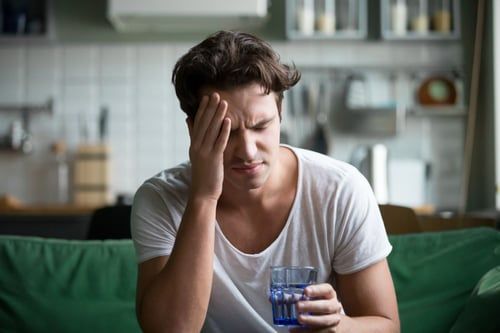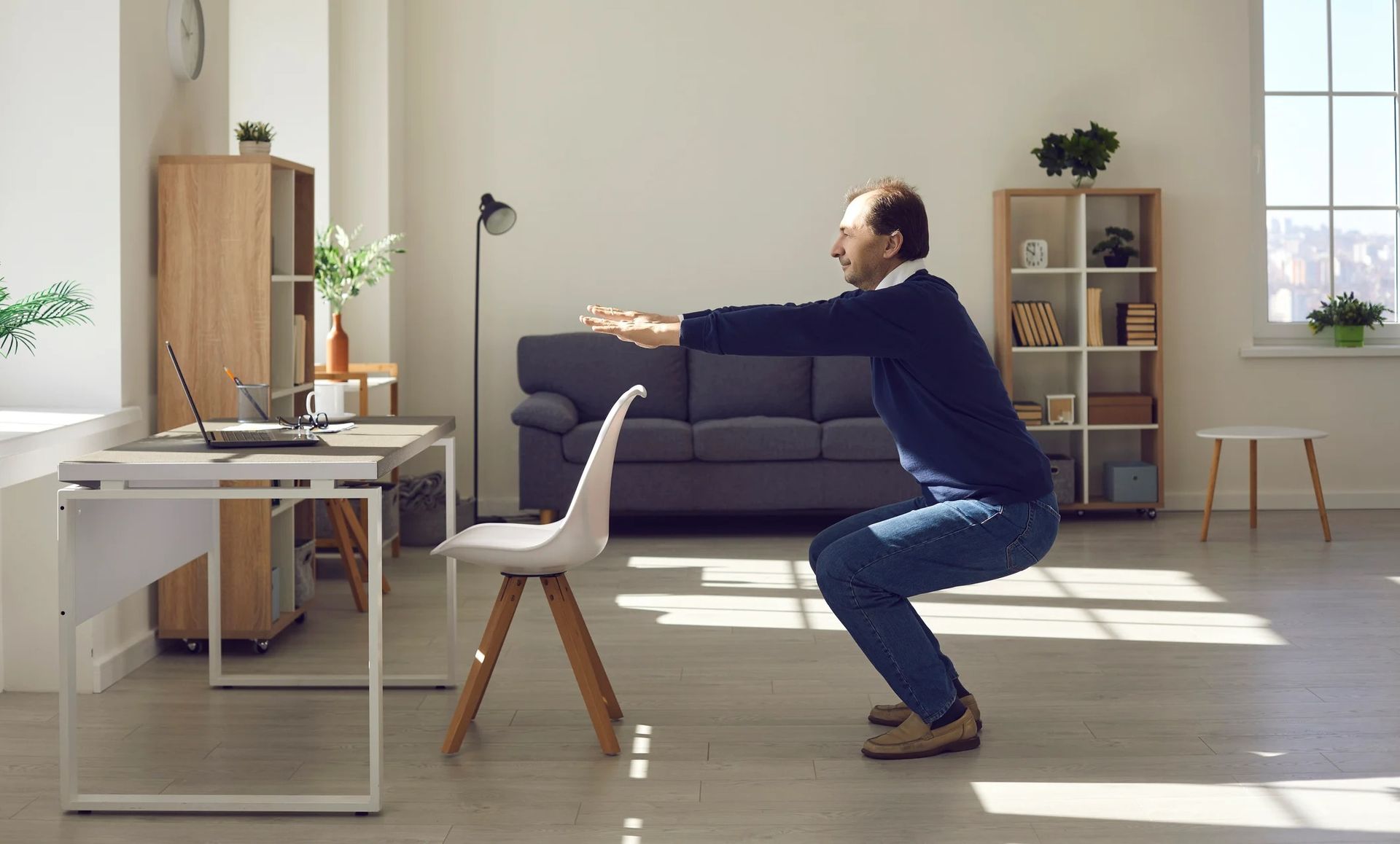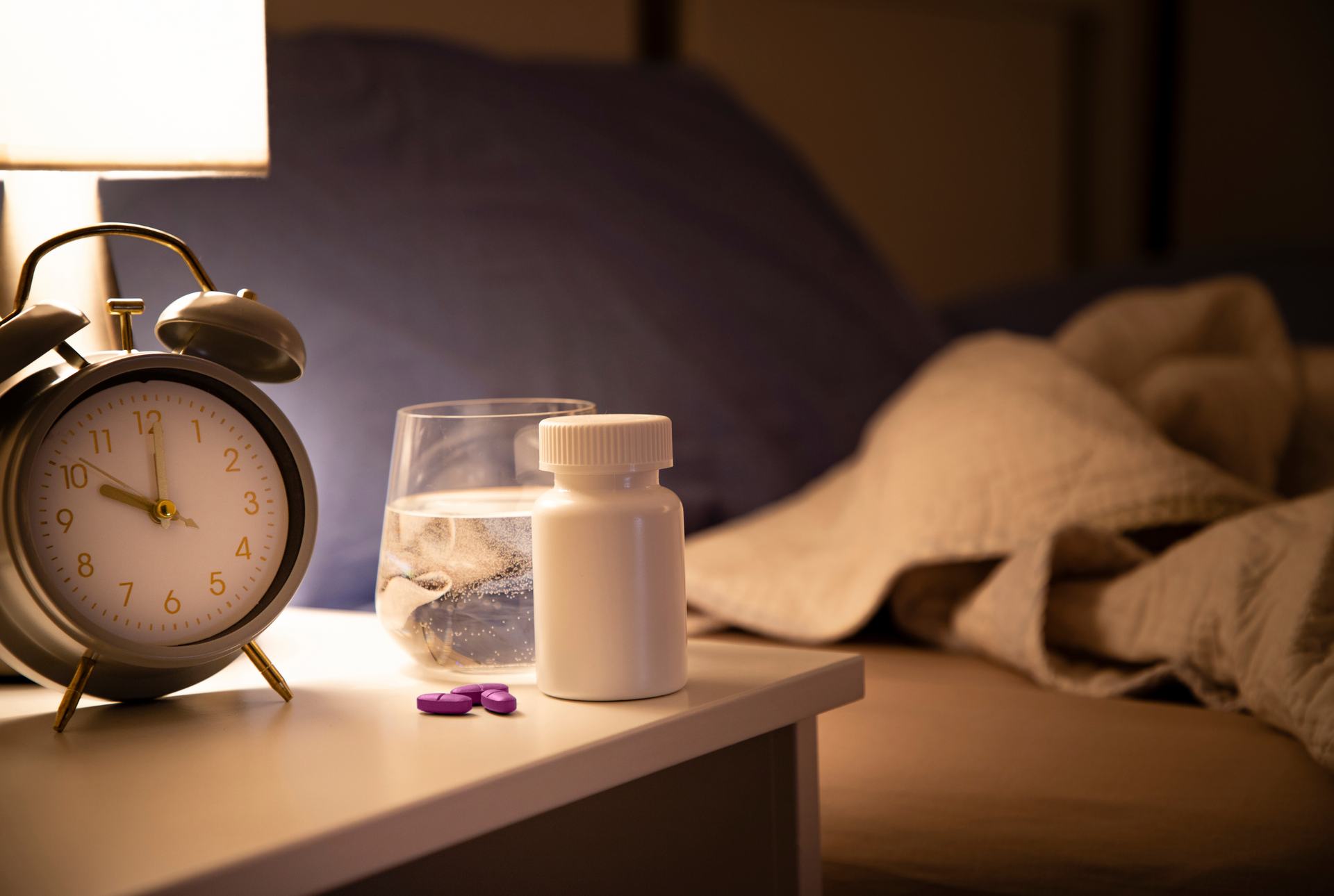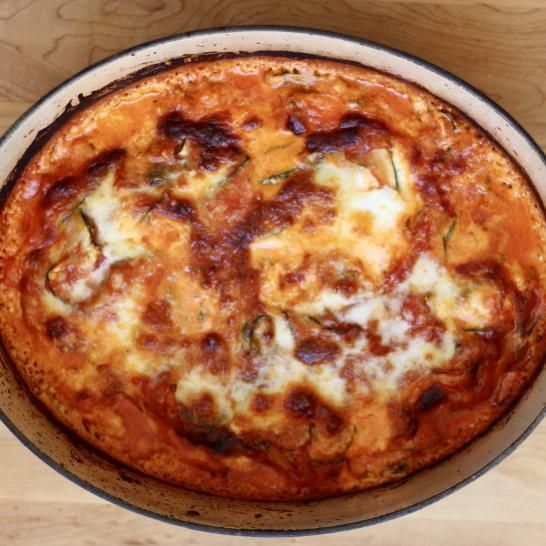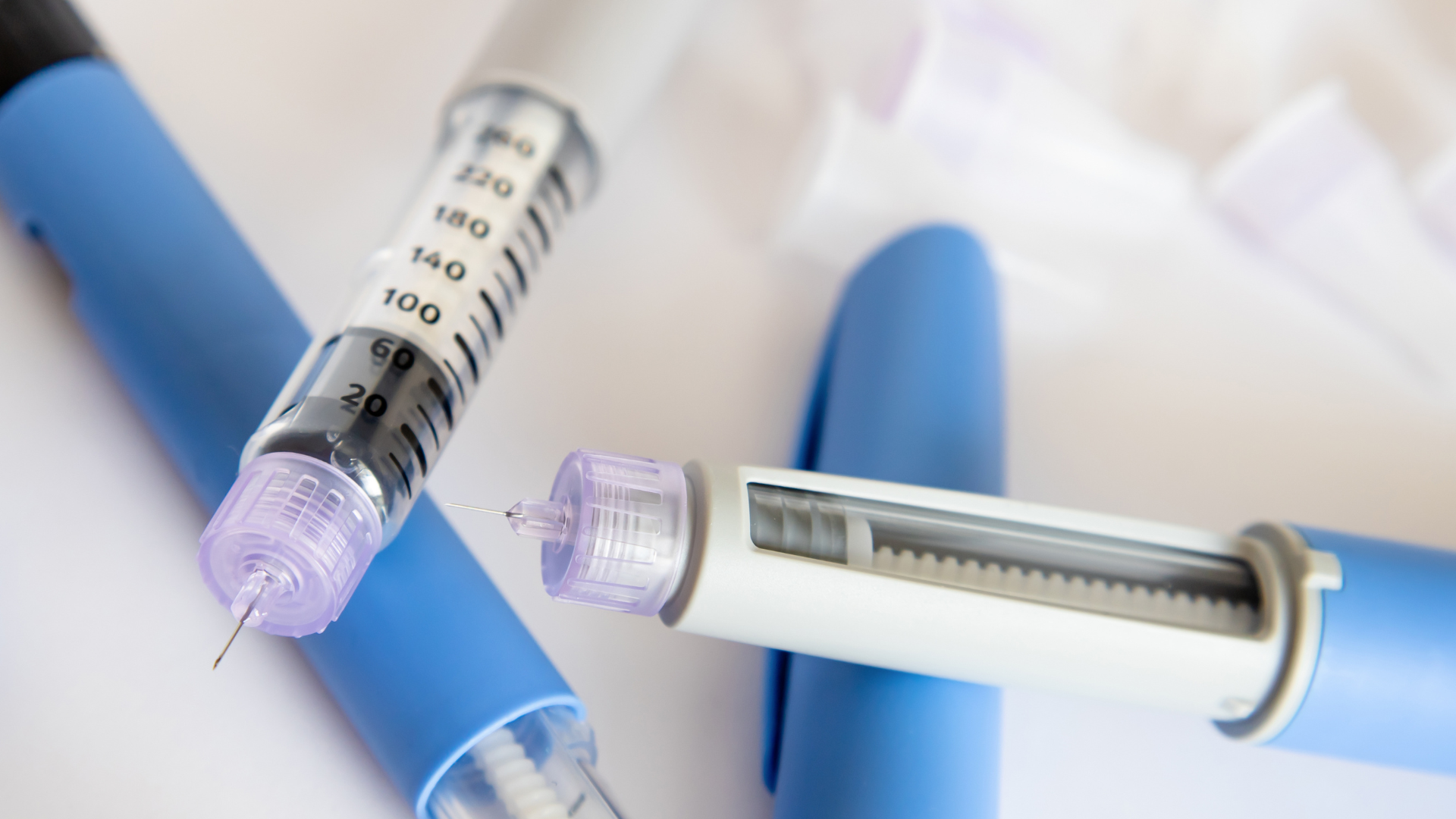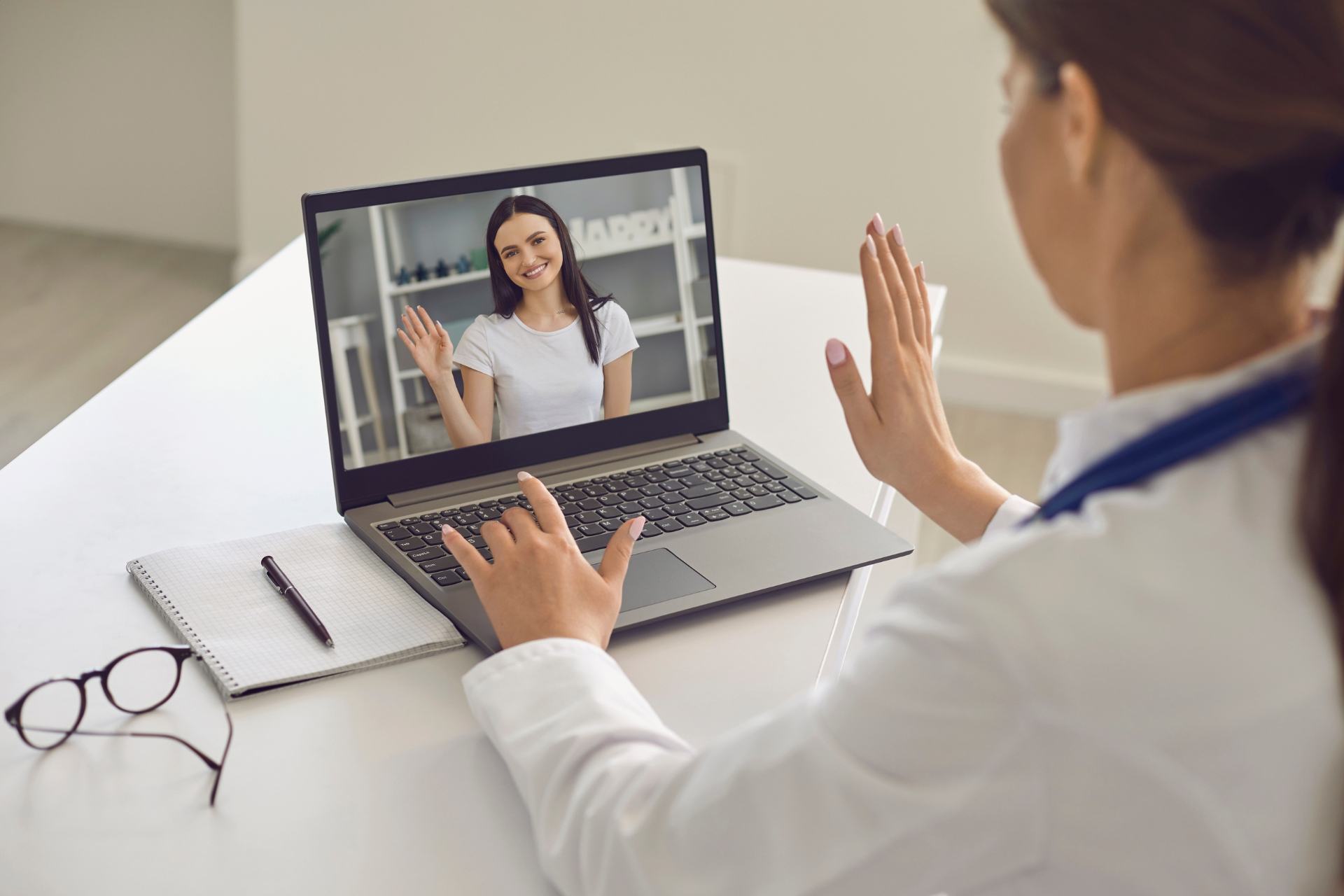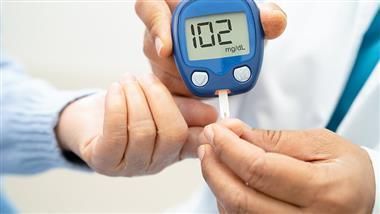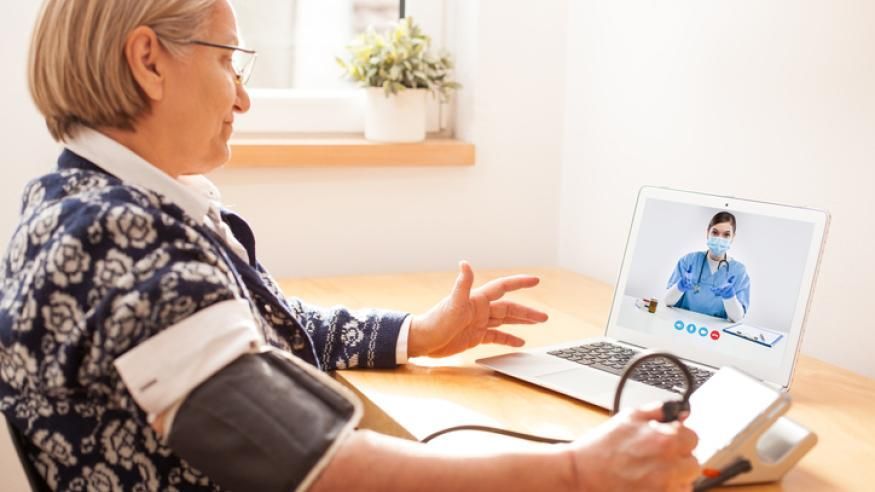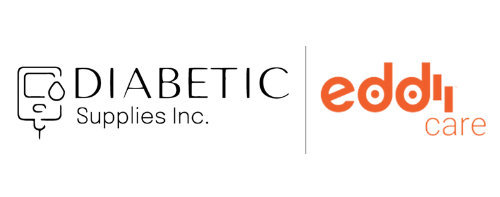“The brain requires glucose as its fuel and rapidly malfunctions when deprived of it,” explained Dr. Brian Frier, a professor at the University of Edinburgh, Scotland, who specializes in diabetes. “This causes cognitive impairment and generates symptoms.”
Discussions of low hangover and what to do about it abound in patient circles and support forums. But it’s not necessarily something your doctor will focus on, which may be because it’s not a medical term or official diagnosis.
“I have heard this term once or twice from patients. It is not something we regularly discuss but maybe we should discuss it more,” said Dr. Katherine Kutney, a pediatric endocrinologist at Rainbow Babies and Children's Hospital in Cleveland, Ohio.
Considering that people with diabetes may experience low blood sugar as often as once or twice a week, the risk for a low hangover is pretty high. Here’s what to know about this little-discussed phenomenon.
Why do ‘low hangovers’ happen?
The “low” in low hangover refers to hypoglycemia.
For most people with diabetes who take insulin, this is defined as a blood sugar under 70 mg/dL. For people without diabetes or who aren’t taking insulin, blood sugars down to 60 mg/dL can be normal.
Most often for people with diabetes, hypoglycemia happens when there’s a mismatch between the insulin dose they’re taking and what their body needs.
“Too much insulin makes blood sugar drop. The tricky part is that insulin sensitivity can change for many reasons,” Kutney said.
For example, your insulin dose may be too high, or maybe you didn’t quite eat enough to match the dose. Other reasons include having a particularly active day or not eating as much fat or protein as usual.
Many people with diabetes experience hypoglycemia at night while they sleep. Research finds that roughly 50% of severe hypoglycemic episodes happen at night.
These low sugar spells may lead to more symptoms (especially fogginess) as hypoglycemia while sleeping can affect memory consolidation and cognitive function. Nocturnal hypoglycemia is often caused by being active close to bedtime or taking too much insulin.
“Although blood glucose can rise quickly after hypoglycemia is treated and be restored to a normal level, the recovery of the brain lags behind. So, cognitive function can take up to 30-60 minutes to recover, and mood changes can persist for much longer,” Frier explained.
What does a ‘low hangover’ feel like?
Symptoms range, but similar to an alcohol hangover, people with diabetes recovering from a hypoglycemic episode often feel tired and generally unwell following treatment.
“Hypoglycemia has a negative effect on mood, which is stressful and unpleasant,” Frier added. “Mood changes include what’s called ‘tense-tiredness,’ feelings of unhappiness, irritability, and sometimes anger and a negative appraisal of situations. These mood changes are common, can be profound, and are frequently overlooked by clinicians.”
When you experience low blood sugar, your body tries to counteract the low by releasing hormones like epinephrine (also known as adrenaline) and cortisol. These hormones, especially epinephrine, cause the shakiness, nervousness, and sweating that are common symptoms of low blood sugar.
“The adrenaline does not necessarily shut off right away once blood sugar is over 70 mg/dL, which could lead to this low hangover feeling,” Kutney said. “Cortisol usually makes people feel more energized, but could leave you feeling ‘worn out’ due to fluctuations in the levels.”
The phenomenon of a “low hangover” is usually observed in the morning after an episode of nocturnal hypoglycemia. How long symptoms last also depend on the duration and severity of hypoglycemia.
How long does it take for symptoms to go away?
Once your blood sugar levels return to normal, symptoms can linger for hours but usually go away without additional treatment.
While symptoms typically resolve within a day, repeated hypoglycemia can begin to impact your health and well-being. No one likes to feel fatigued, foggy, and nauseous. These symptoms can lead to needing a day off, which if repeated, often can impact work or school schedules.
Some research suggests that repeated episodes of hypoglycemia can impact cognitive function over time. Repeated lows are also associated with hypoglycemia unawareness, which means you don’t notice the signs of low blood sugar; this can be dangerous and even deadly.
Are there any tricks for treating hypoglycemia at night?
Sadly, like hangovers from excess alcohol consumption the night before, there aren’t any proven quick fixes for a low hangover.
“Treating it with rapid-acting carbs like glucose tablets, fruit juice, Skittles, or SweetTarts will help blood sugar recover quicker,” said Kutney. “However, this won’t necessarily avoid the low hangover feeling.”
The best way to avoid a low hangover is to prevent hypoglycemia. Keep in mind this is easier said than done because many low episodes are often out of a person’s control. However, technologies like continuous glucose monitors (CGM) are valuable tools for hypoglycemia prevention and managing blood sugar levels in general.
“Automated insulin delivery systems (pumps that communicate with the CGM to adjust the insulin) can often prevent a low from occurring,” Kutney added.
Another thing to watch out for is overtreating low blood sugar.
“Most people need about 15 grams of rapid-acting carbs to treat a low, but this can vary. If you overdo it, this can cause high blood sugars later which could contribute to a sluggish feeling after lows,” Kutney said.
Otherwise, the best advice for dealing with a low hangover is to take it easy and rest. Frier added that you should also avoid doing anything that could be potentially risky in this state, like driving or making important decisions.
“The message for people who experience low blood sugar is to appreciate that the aftermath of treated hypoglycemia can be prolonged. Try to be patient and allow time for a full recovery to take place,” he said.



